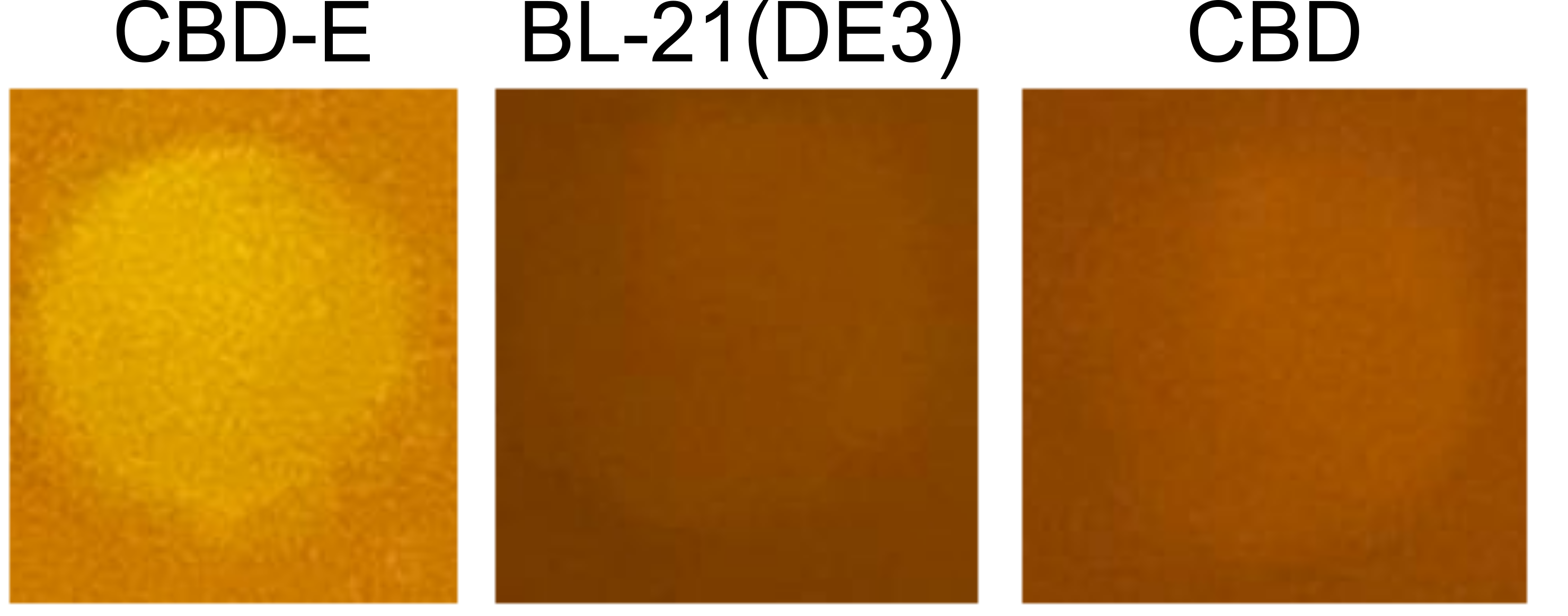Part:BBa_K4380022
CBD with C terminal TEV site
- 10COMPATIBLE WITH RFC[10]
- 12COMPATIBLE WITH RFC[12]
- 21COMPATIBLE WITH RFC[21]
- 23COMPATIBLE WITH RFC[23]
- 25COMPATIBLE WITH RFC[25]
- 1000COMPATIBLE WITH RFC[1000]
Introduction
Vilnius-Lithuania Igem 2022 project NanoFind used this part as a way to expose proteins onto the bacterial surface. The team was working to create an easily accessible nanoplastic detection tool, using peptides, whose interaction with nanoplastic particles would lead to an easily interpretable response. The system itself focused on smaller protein molecules, peptides, which are modified to acquire the ability to connect to the surface of synthetic polymers – plastics. The detection system works when peptides and nanoplastic particles combine and form a sandwich complex - one nanoplastic particle is surrounded by two peptides, attached to their respective protein. The sandwich complex consisted of two main parts – one is a peptide bound to a fluorescent protein, and another peptide is immobilized on a cellulose membrane by a cellulose binding domain. A bacterial cell surface display system was used as a novel way to expose the same peptides onto the bacterial membrane, allowing us to try to amplify the signal and to find novel peptides by using a peptide evolution protocol.
Usage
The protein coded by this part was used to succesfully characterise a novel cellulose-binding domain .
The presence of CBD on the cellulose membrane was also evaluated using a conjugated FITC antibody recognition sequence.
The following experiment was performed:
1. Incubate bacterial cell-free extract on cellulose membrane for 30 min.
2. After incubation for 30 min., wash the membrane with 1x PBS buffer 3 times.
3. After washing steps, measure fluorescence at excitation 485 nm / emission 525 nm.
To evaluate results, quantitative and qualitative data was gathered.
Qualitative measurement
To evaluate whether our CBD has successfully attached to cellulose membrane, we used a blue light to evaluate fluorescence. (Figure 1)
Quantitative measurement
To evaluate whether our CBD has successfully been attached to the cellulose membrane, we measured fluorescence at excitation 485 nm / emission 525 nm with a microplate reader. (Figure 2)
| None |



